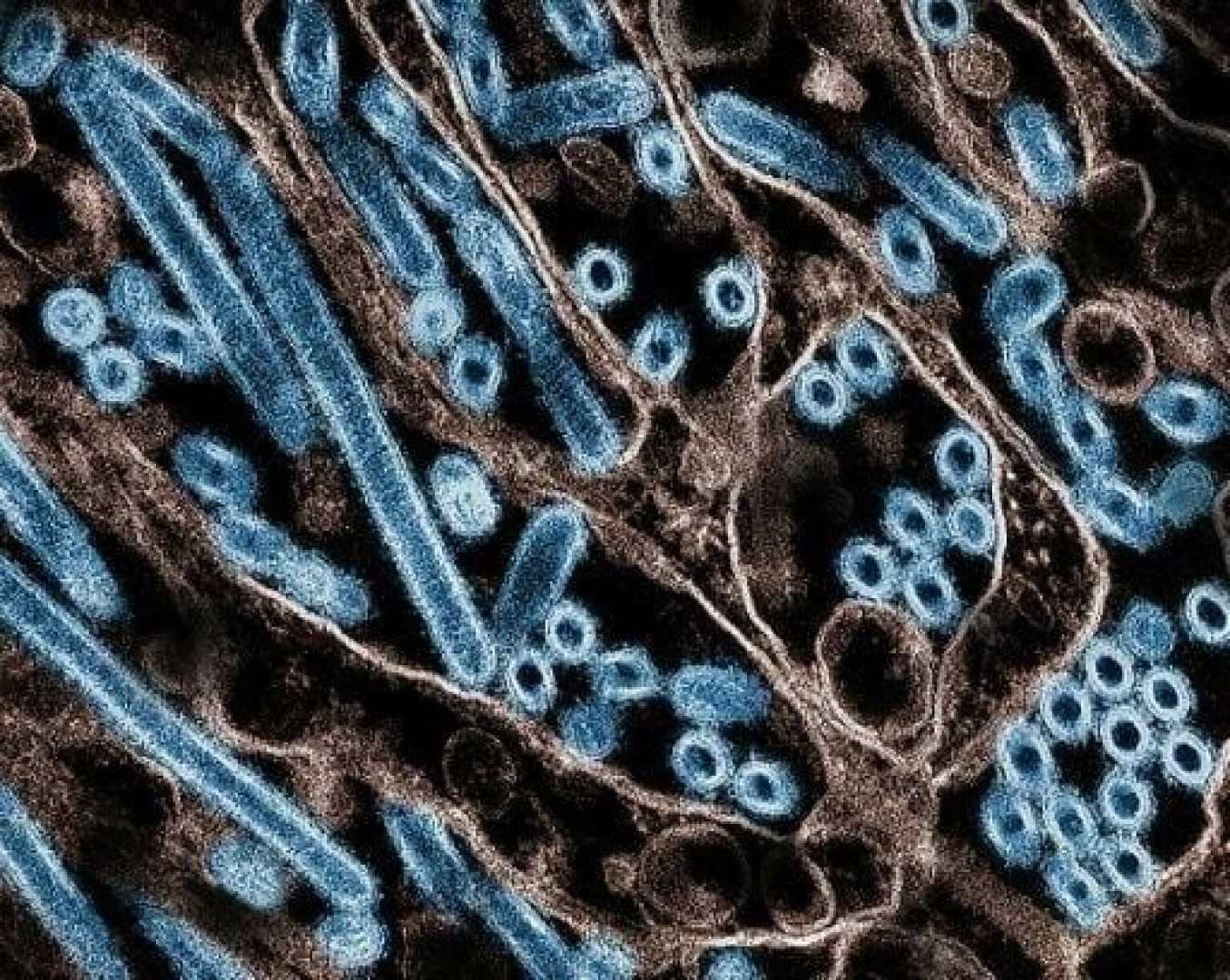Health
CDC Confirms 66 U.S. Cases of Bird Flu, Mostly Mild Infections

As of December 30, 2024, the Centers for Disease Control and Prevention (CDC) has confirmed 66 human cases of the H5N1 bird flu virus in the United States, with most infections being mild and occurring among dairy workers and others in close contact with infected animals. The virus, known as highly pathogenic avian influenza A (HPAI H5N1), has been detected in dairy cows across 16 states, raising concerns about its potential to spread further.
In a commentary published in the New England Journal of Medicine, Dr. Jeanne M. Marrazzo, Director of the National Institute of Allergy and Infectious Diseases (NIAID), and Dr. Michael G. Ison, chief of the Respiratory Diseases Branch at NIAID, emphasized the need for a balanced approach between heightened vigilance and maintaining normal operations. They highlighted the importance of collaboration among human and veterinary medicine, public health, and occupational workers to effectively monitor and control the outbreak.
Since its emergence in 1996, HPAI H5N1 has spread to at least 23 countries, with significant outbreaks in wild birds, poultry, and marine mammals. In 2024, the virus was identified in U.S. dairy cows, marking a new phase in its transmission. While most human cases have been mild, a severe case in Canada involving respiratory failure has underscored the need for vigilant surveillance to detect potential mutations that could increase the virus’s ability to spread among humans.
Drs. Marrazzo and Ison outlined four key strategies to address the outbreak: fostering collaboration across sectors, enhancing genomic sequencing and data sharing, developing medical countermeasures such as vaccines and antivirals, and promoting preventive measures for high-risk groups. They noted that current vaccine candidates are effective against circulating strains, and antiviral treatments remain a viable option to mitigate severe illness.
The CDC and U.S. Department of Agriculture (USDA) continue to recommend the use of personal protective equipment for workers in close contact with infected animals. Public health officials stress that while the risk to the general public remains low, ongoing monitoring and research are critical to understanding the virus’s evolution and preventing a potential pandemic.












